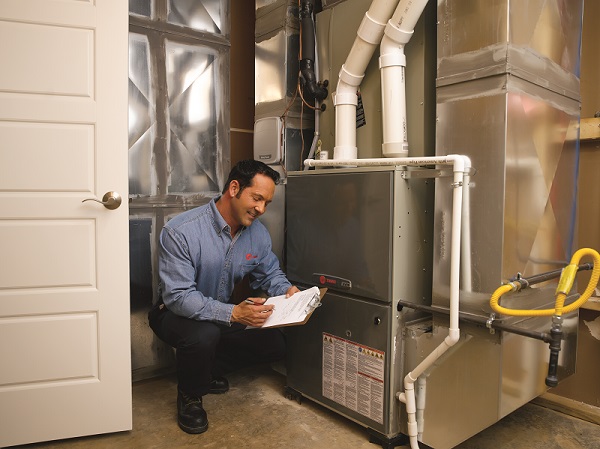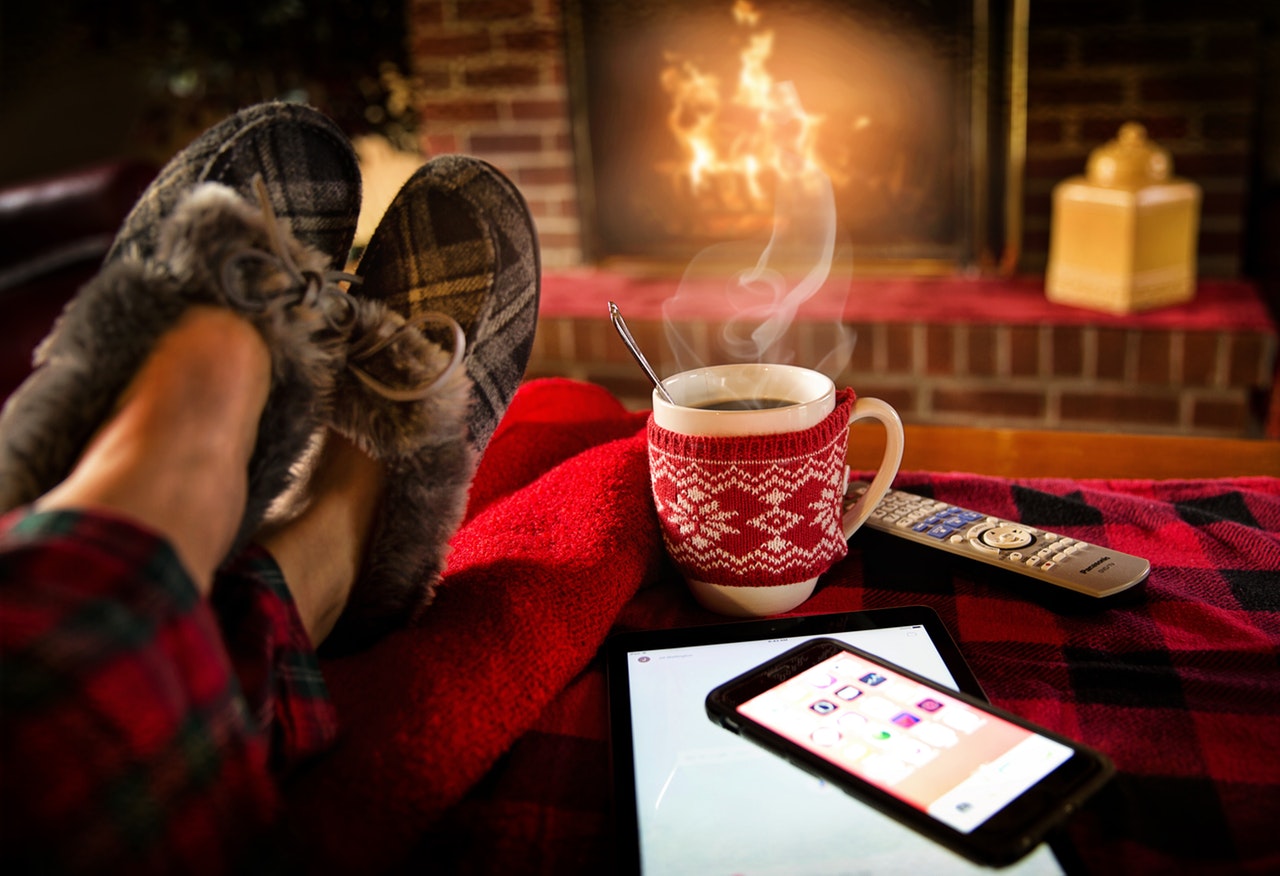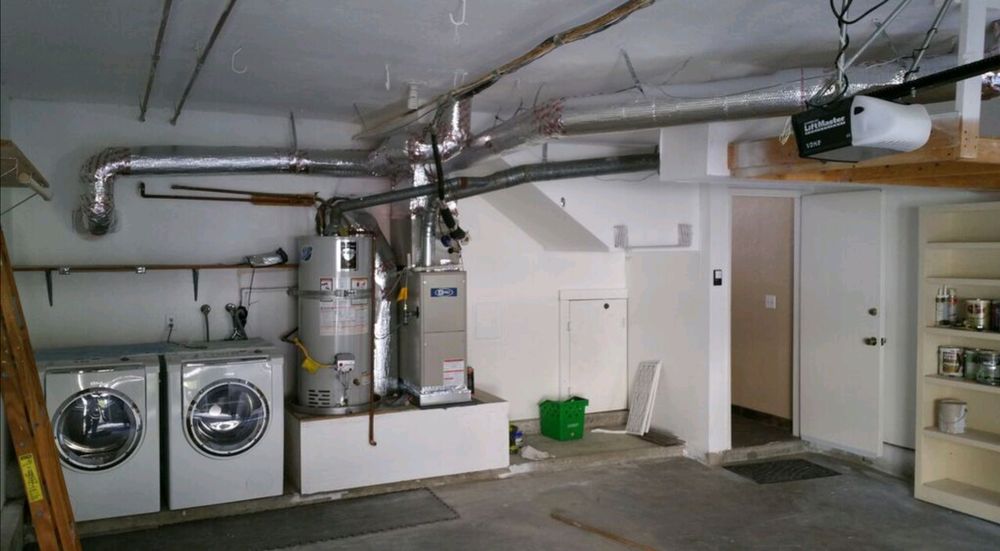Carbon monoxide poisoning results from a build-up of carbon monoxide, a colorless, odorless gas, and can be fatal. The typical sources of excess carbon monoxide (CO) are very common during the winter, so it’s especially important to be on the lookout for symptoms of carbon monoxide poisoning and take steps to avoid it in your home. Learn about the sources of excess carbon monoxide, the symptoms of carbon monoxide poisoning, and how it can be avoided in this blog.
CO Sources
Carbon monoxide is found in the fumes created from burning fuel in cars or trucks, small engines, gas stoves, lanterns, grills, fireplaces, gas ranges, or furnaces. When trapped indoors, CO can build up and poison people and animals who breathe it.
Symptoms of Carbon Monoxide Poisoning
The symptoms of carbon monoxide poisoning are often described as “flu-like.” They frequently include dizziness, weakness, headache, chest pain, confusion, upset stomach, and vomiting. Prolonged inhalation of CO can cause you to lose consciousness or even die. People who are drunk or sleeping can die from carbon monoxide poisoning even before showing symptoms.
Everyone is at risk from carbon monoxide poisoning, but infants, the elderly, and people with heart disease, breathing problems, or anemia are more likely to be affected by CO.
Avoiding Carbon Monoxide Poisoning in Your Home
An important part of preventing carbon monoxide poisoning in your home is keeping any fuel-burning (gas, oil, or coal) equipment and appliances well-maintained. Your fuel-burning heating system and water heater should be serviced by a professional once a year – before the heavy use of the cooler winter months is a good time to do this.
You should also install a battery-operated CO detector in your home in a location where it will wake you if it sounds while you’re asleep. Check the batteries at least twice a year and replace them as needed. If the carbon monoxide detector alarm sounds, you and your family should leave your home immediately and call 911.
Other ways to prevent a potentially deadly build-up of carbon monoxide include: not using portable heaters or generators indoors; making sure fuel-burning appliances are vented properly; and checking your chimney is clear and cleaning it if necessary.
If you suspect you or a family member has carbon monoxide poisoning, seek medical attention right away. For help making sure your home heating equipment is not releasing excess carbon monoxide, contact Precision Temperature, your San Diego HVAC experts! Call (610) 588-5321 or use our online contact form.




